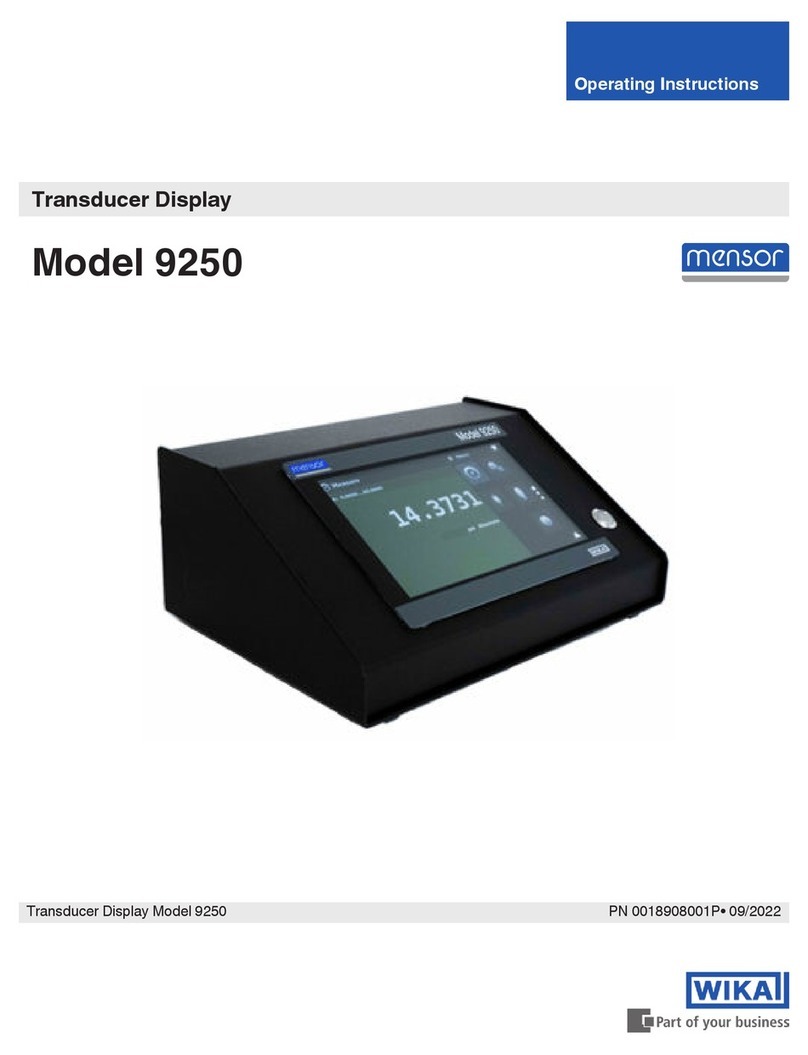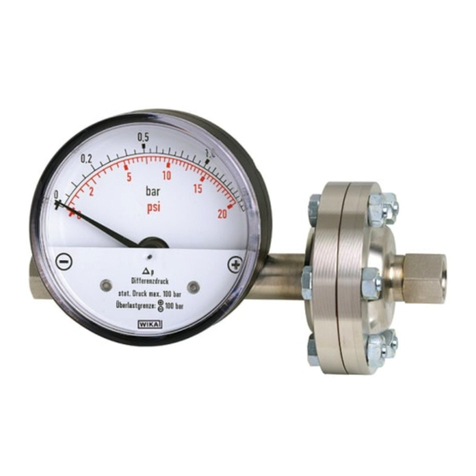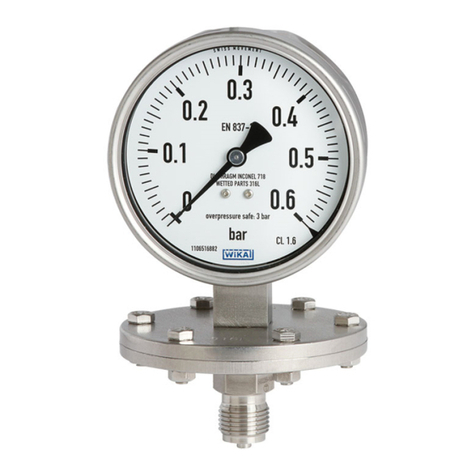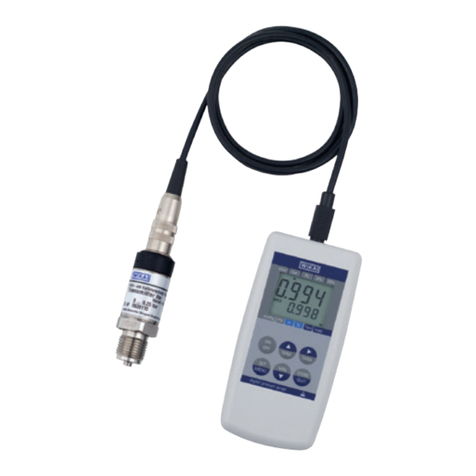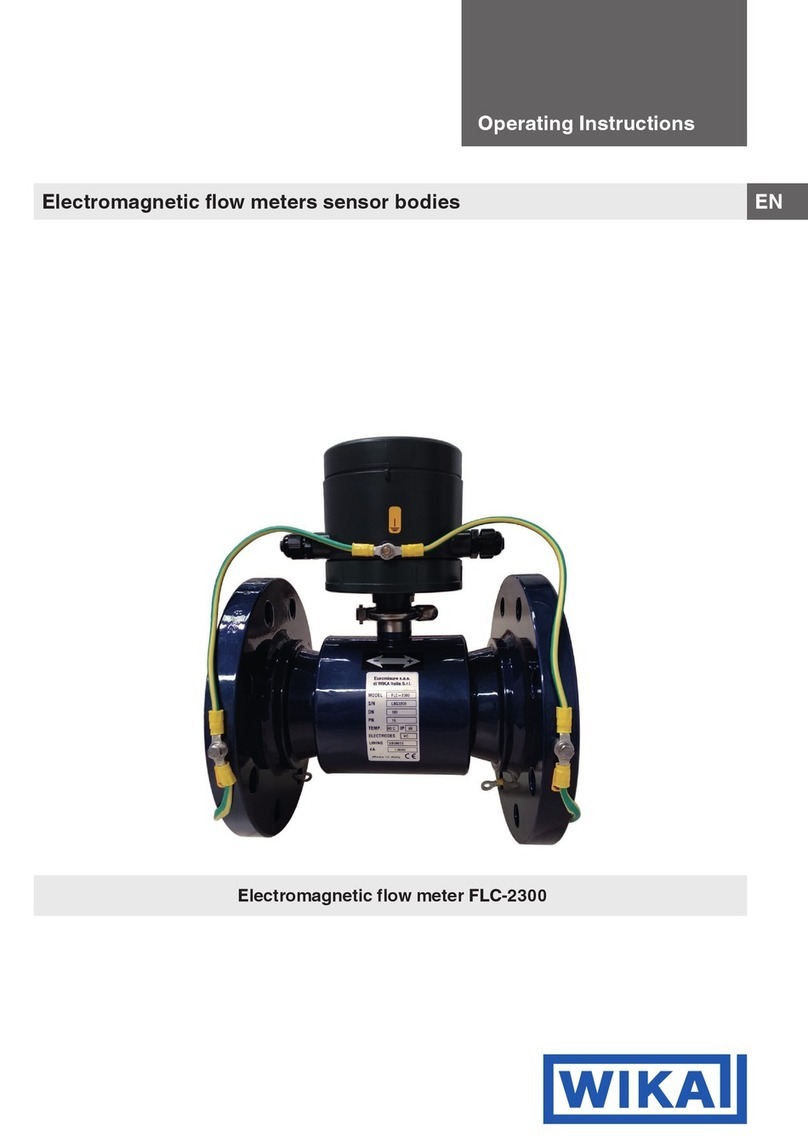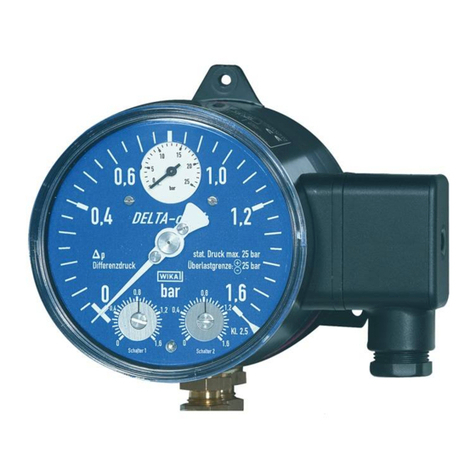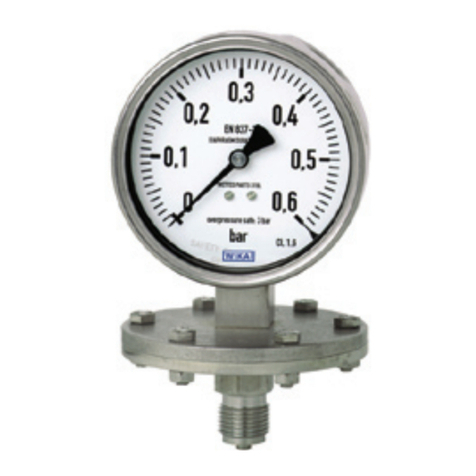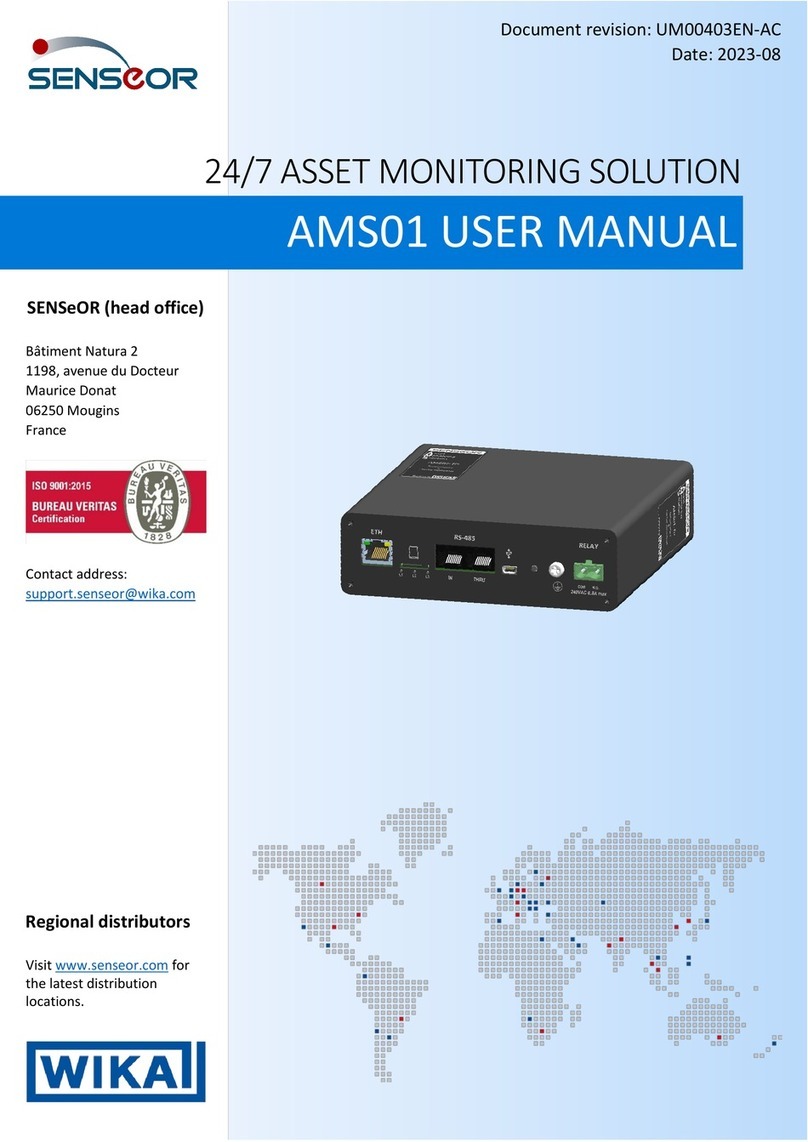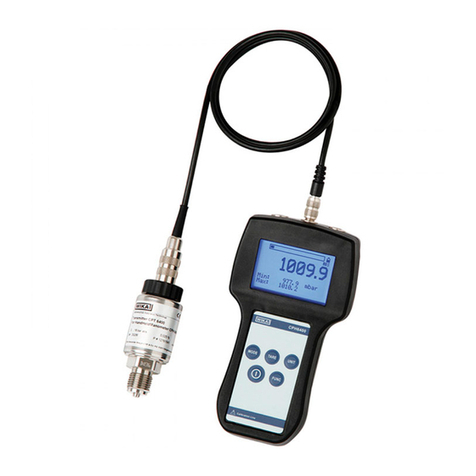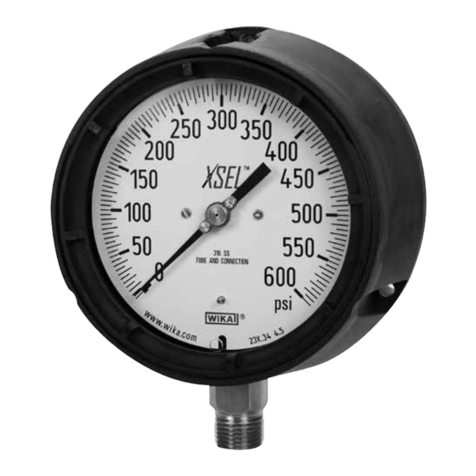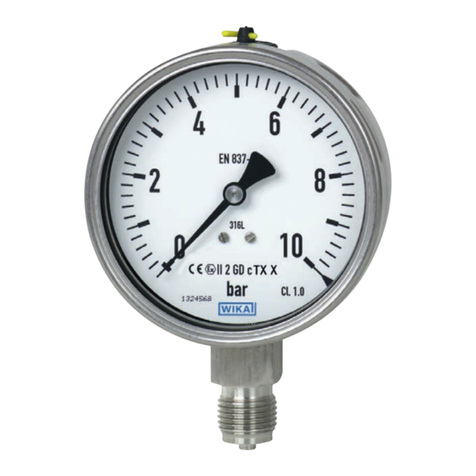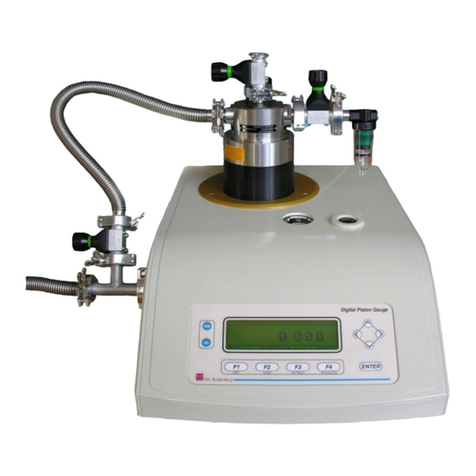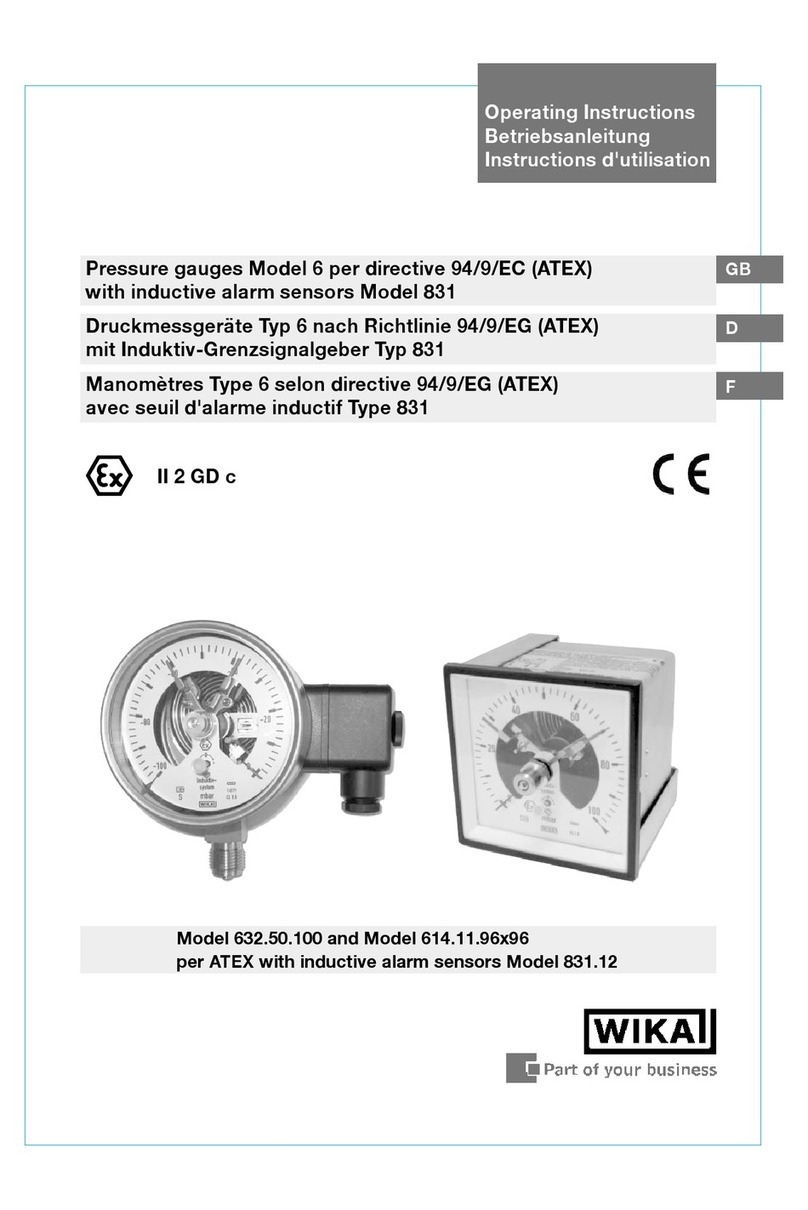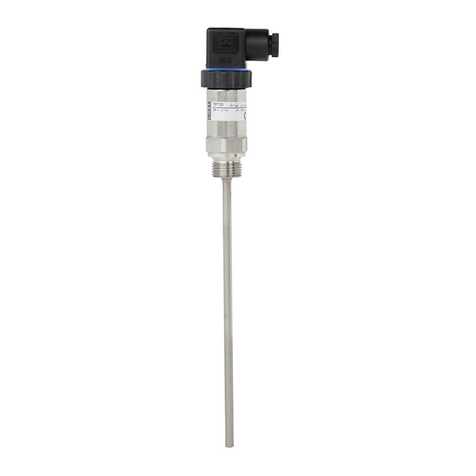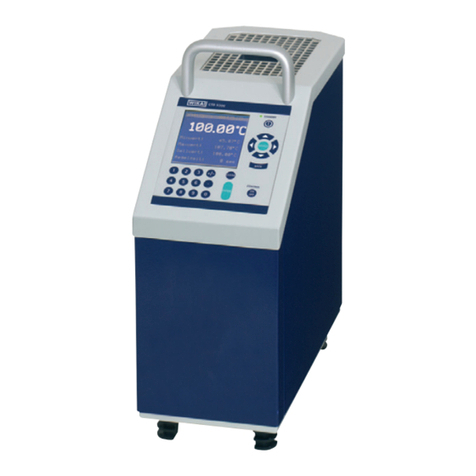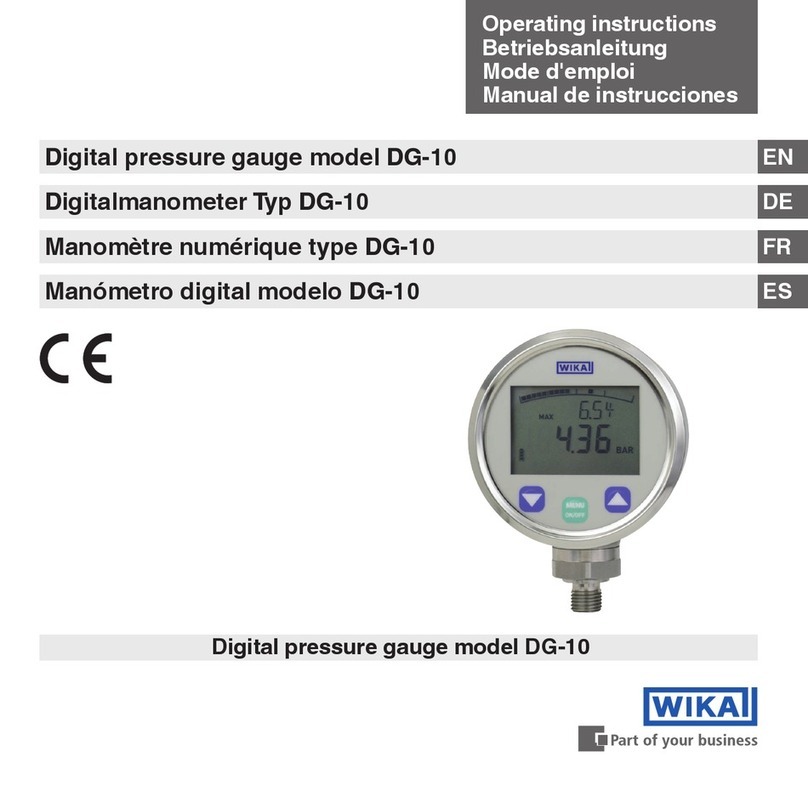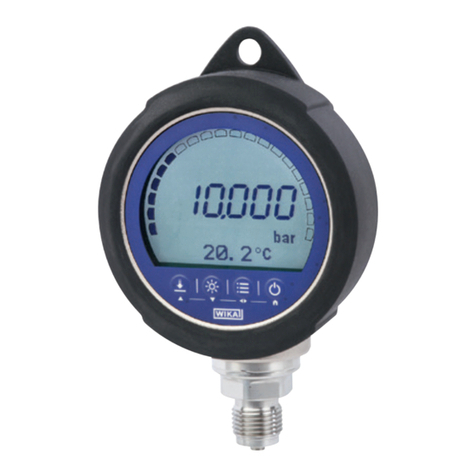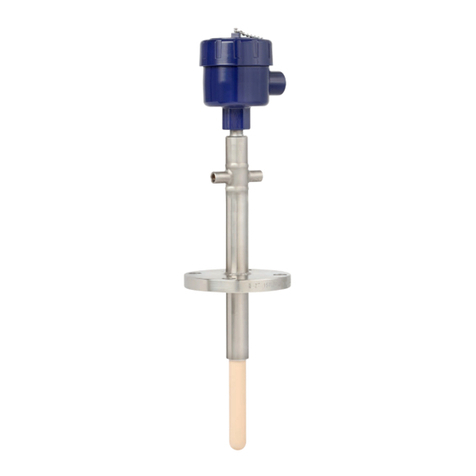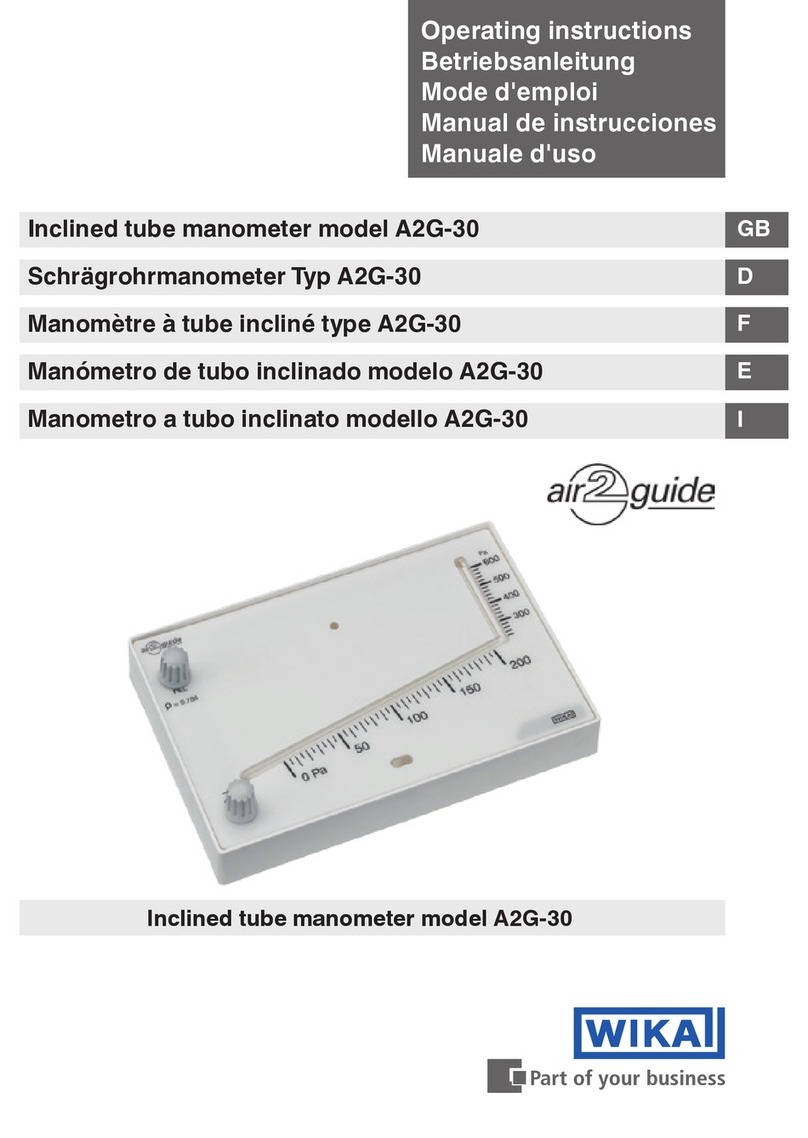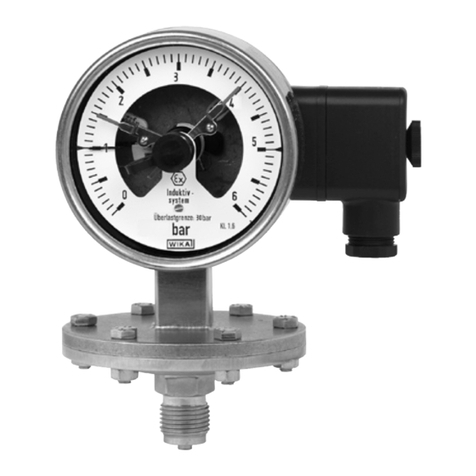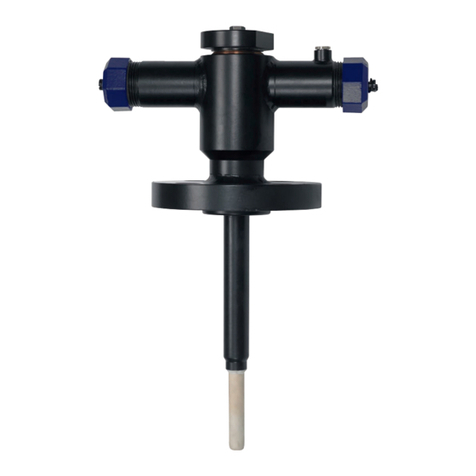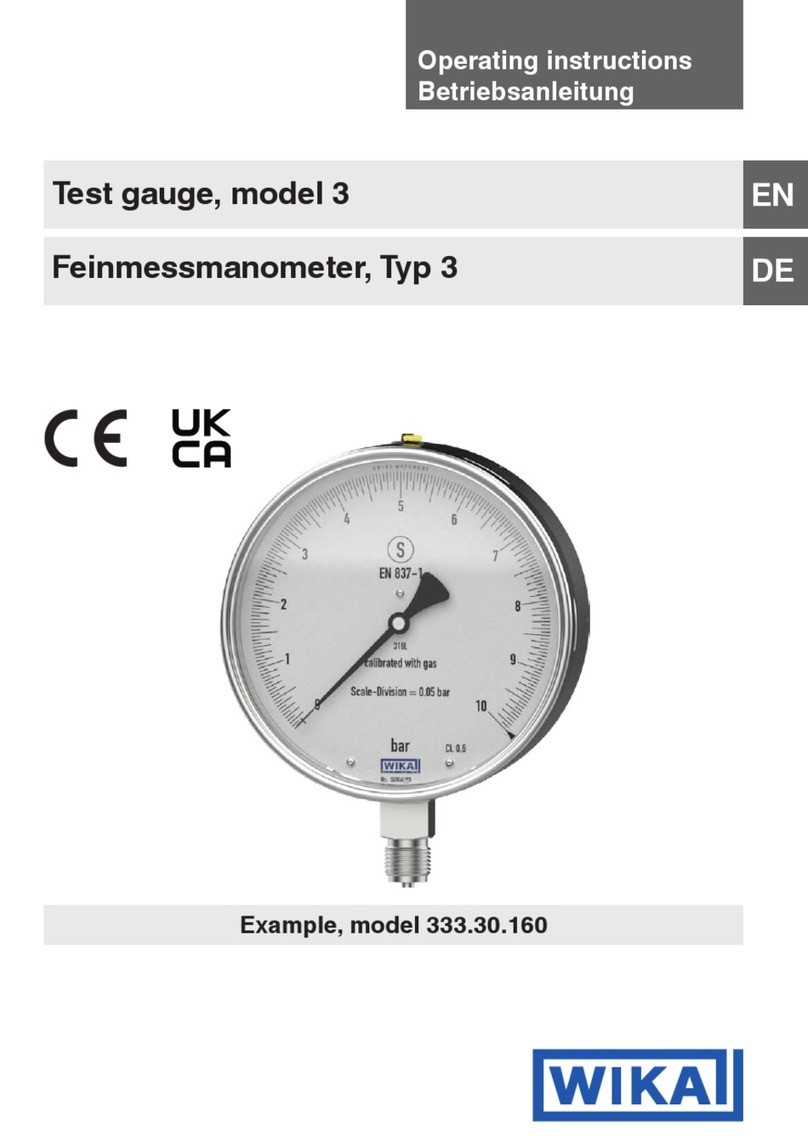
10 WIKA operating instructions pressure transmitter, model A-10
EN
11218720.16 06/2021 EN/DE/FR/ES
5.2 Connecting the instrument to the electric system
5.2.1 Requirements for voltage supply
→ For supply voltage see product label
For instruments without UL approval:
This equipment is intended for operation with low voltages which are separated from the AC 230 V (50 Hz) mains
voltage or voltages greater than AC 50 V or DC 120 V for dry environments. A connection to an SELV circuit is
recommended, or alternatively to circuits with a dierent protective measure in accordance with IEC 60364-4-41
installation standard.
For instruments with UL approval and for use in North America:
The power supply for the pressure transmitter must be made via an energy-limited electric circuit in accordance with
section 9.4 of UL/EN/IEC 61010-1 or LPS per UL/EN/IEC 60950-1/CSA C22.2 no.60950-1 or class 2 per UL1310/
UL1585 (NEC or CEC). The voltage supply must be suitable for operation above 2,000 m should the pressure
transmitter be used at this altitude.
5.2.2 Requirements for electrical connection
■
Ingress protection of the mating connector corresponds to the ingress protection of the pressure transmitter.
■
Cable diameter matches the cable bushing of the mating connector.
■
Cable gland and seals of the mating connector are correctly seated.
■
No humidity can ingress at the cable end.
5.2.3 Requirement for shielding and grounding
The pressure transmitter must be grounded via the process connection.
When working during a running process operation, measures to prevent electrostatic discharge on the connection
terminals should be taken, as a discharge could lead to temporary corruption of the measured value.
Connecting the instrument
1. Assemble the mating connector or cable outlet.
→ For pin assignments see product label
2
.
Establish the plug connection.
5. Commissioning, operation












